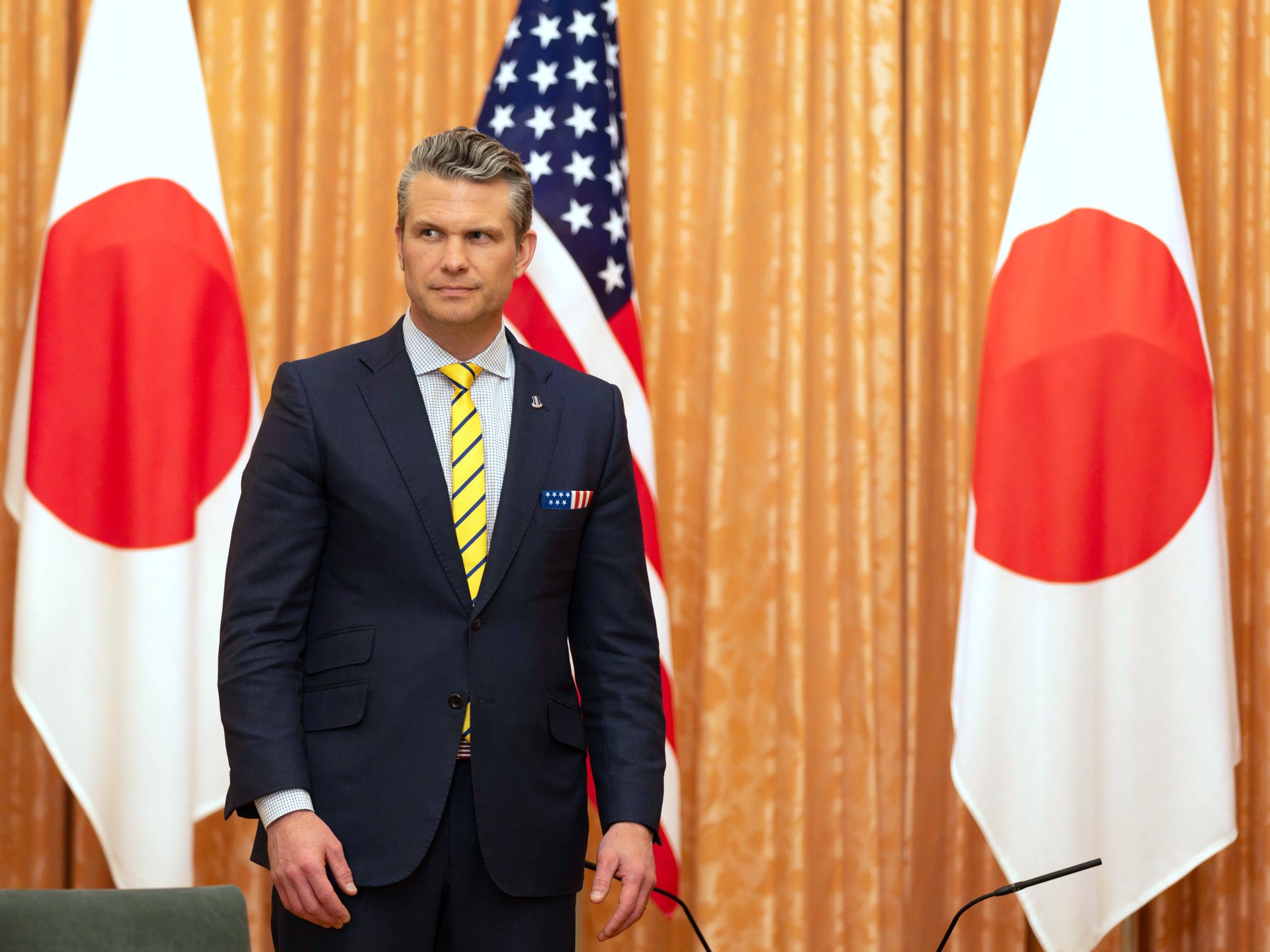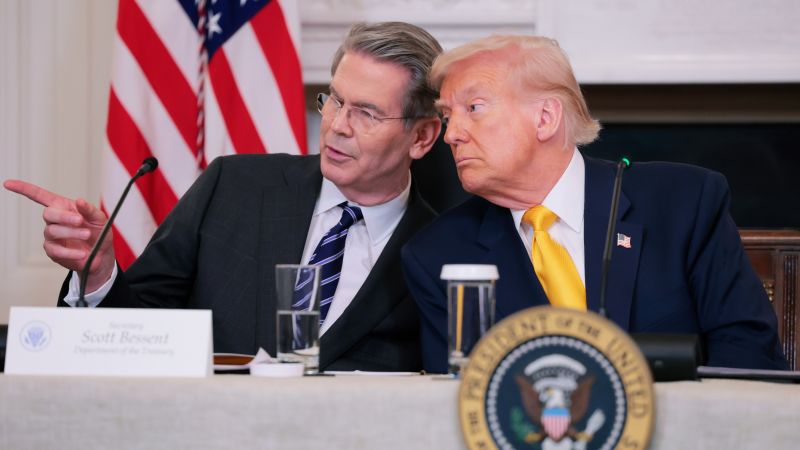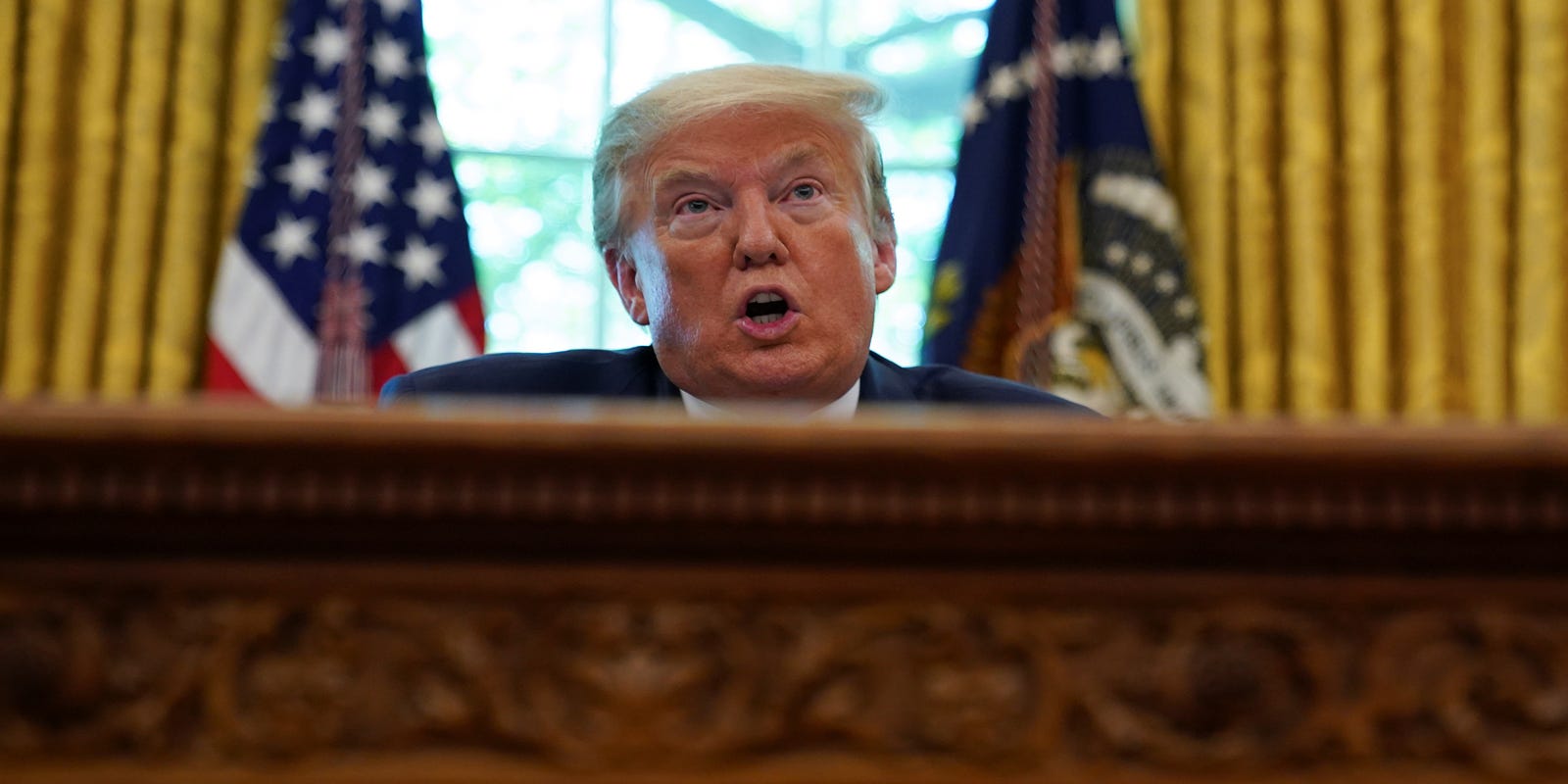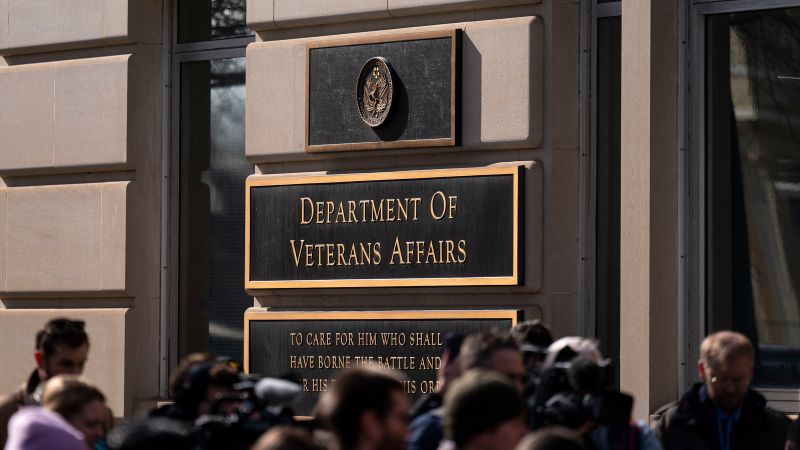United Front: Pentagon's Hegseth Highlights US-Japan Alliance as China Deterrence Strategy
Politics
2025-03-30 08:57:55Content

In a powerful affirmation of strategic alliance, U.S. Defense Secretary Pete Hegseth emphasized Japan's critical role in maintaining regional stability and countering China's growing influence in the Asia Pacific. During a high-profile diplomatic engagement, Hegseth described Japan as an "indispensable partner" in safeguarding shared democratic values and strategic interests.
The declaration underscores the deepening military and diplomatic cooperation between the United States and Japan, highlighting their united front against potential geopolitical challenges in the region. Hegseth's remarks signal a robust commitment to strengthening bilateral ties and presenting a unified stance in the complex geopolitical landscape of the Asia Pacific.
Japan's strategic location and advanced military capabilities make it a key ally for the United States in addressing regional security concerns. The partnership goes beyond traditional defense cooperation, encompassing economic, technological, and diplomatic dimensions that are crucial in managing the delicate balance of power in the region.
As tensions continue to simmer in the Asia Pacific, the United States and Japan remain steadfast in their commitment to promoting peace, stability, and shared democratic principles, with Japan emerging as a pivotal player in this critical geopolitical strategy.
Strategic Alliances Reshape Pacific Geopolitics: Japan's Critical Role in US Defense Strategy
In the complex and ever-evolving landscape of international diplomacy, the United States continues to fortify its strategic partnerships in the Asia-Pacific region, with Japan emerging as a pivotal player in countering emerging geopolitical challenges. The intricate dance of diplomatic and military cooperation represents a nuanced approach to maintaining regional stability and protecting shared strategic interests.Navigating Tensions: A Bold Diplomatic Balancing Act
The Geopolitical Chessboard of the Asia-Pacific
The Asia-Pacific region has transformed into a critical theater of international strategic engagement, where complex relationships between major powers are constantly being redefined. The United States' relationship with Japan represents more than a traditional alliance; it is a sophisticated network of military, economic, and diplomatic interconnections designed to maintain a delicate balance of power. Japan's strategic significance extends far beyond its geographical boundaries. As a technologically advanced nation with a robust economic infrastructure and a sophisticated military capability, the country serves as a critical counterweight to emerging regional tensions. The partnership between the United States and Japan is not merely a bilateral agreement but a comprehensive strategic framework that addresses multifaceted security challenges.Defense Dynamics: Understanding Strategic Partnerships
The contemporary geopolitical landscape demands innovative approaches to international security. The United States' defense strategy in the Asia-Pacific region relies heavily on creating robust, adaptable partnerships that can respond rapidly to evolving challenges. Japan's role transcends traditional military cooperation, encompassing technological exchange, intelligence sharing, and diplomatic coordination. Military experts argue that Japan's geographical positioning provides a critical strategic advantage. Its proximity to potential conflict zones, combined with advanced technological capabilities, makes it an indispensable partner in maintaining regional stability. The defense relationship goes beyond conventional military cooperation, involving complex layers of technological collaboration, joint military exercises, and shared intelligence networks.Technological and Military Collaboration
The synergy between US and Japanese defense capabilities represents a sophisticated model of international military cooperation. Advanced weapon systems, cybersecurity technologies, and joint research initiatives form the backbone of this intricate relationship. Each nation brings unique strengths to the partnership: the United States offers extensive global military experience and advanced technological resources, while Japan contributes cutting-edge technological innovation and a strategic geographical presence. This collaboration extends into emerging domains such as space technology, artificial intelligence, and cybersecurity. Both nations recognize that modern security challenges require integrated, multidimensional approaches that transcend traditional military paradigms. The partnership is not just about countering potential threats but about proactively shaping the regional security environment.Diplomatic Implications and Regional Dynamics
The strategic partnership between the United States and Japan sends a powerful message to other regional actors. It represents a commitment to maintaining a rules-based international order and protecting shared democratic values. The alliance serves as a stabilizing force, deterring potential aggressive actions and promoting diplomatic dialogue. Economic interdependence further strengthens this relationship. Trade agreements, technological exchanges, and shared economic interests create multiple layers of interconnectedness that extend beyond pure military cooperation. This multifaceted approach ensures that the partnership remains resilient and adaptable in the face of changing geopolitical landscapes.Future Outlook: Evolving Strategic Partnerships
As global dynamics continue to shift, the US-Japan alliance will likely become even more critical. Emerging challenges such as technological competition, climate security, and potential regional conflicts will require increasingly sophisticated and flexible diplomatic and military approaches. The partnership represents more than a traditional military alliance; it is a comprehensive strategic framework designed to address complex, multidimensional global challenges. By continuing to invest in technological collaboration, diplomatic engagement, and shared strategic objectives, the United States and Japan are positioning themselves at the forefront of international security architecture.RELATED NEWS
Politics

Whistleblower Reveals: Her Resistance to Gibson's Gun Rights Restoration Led to Controversial Dismissal
2025-03-10 23:20:09







